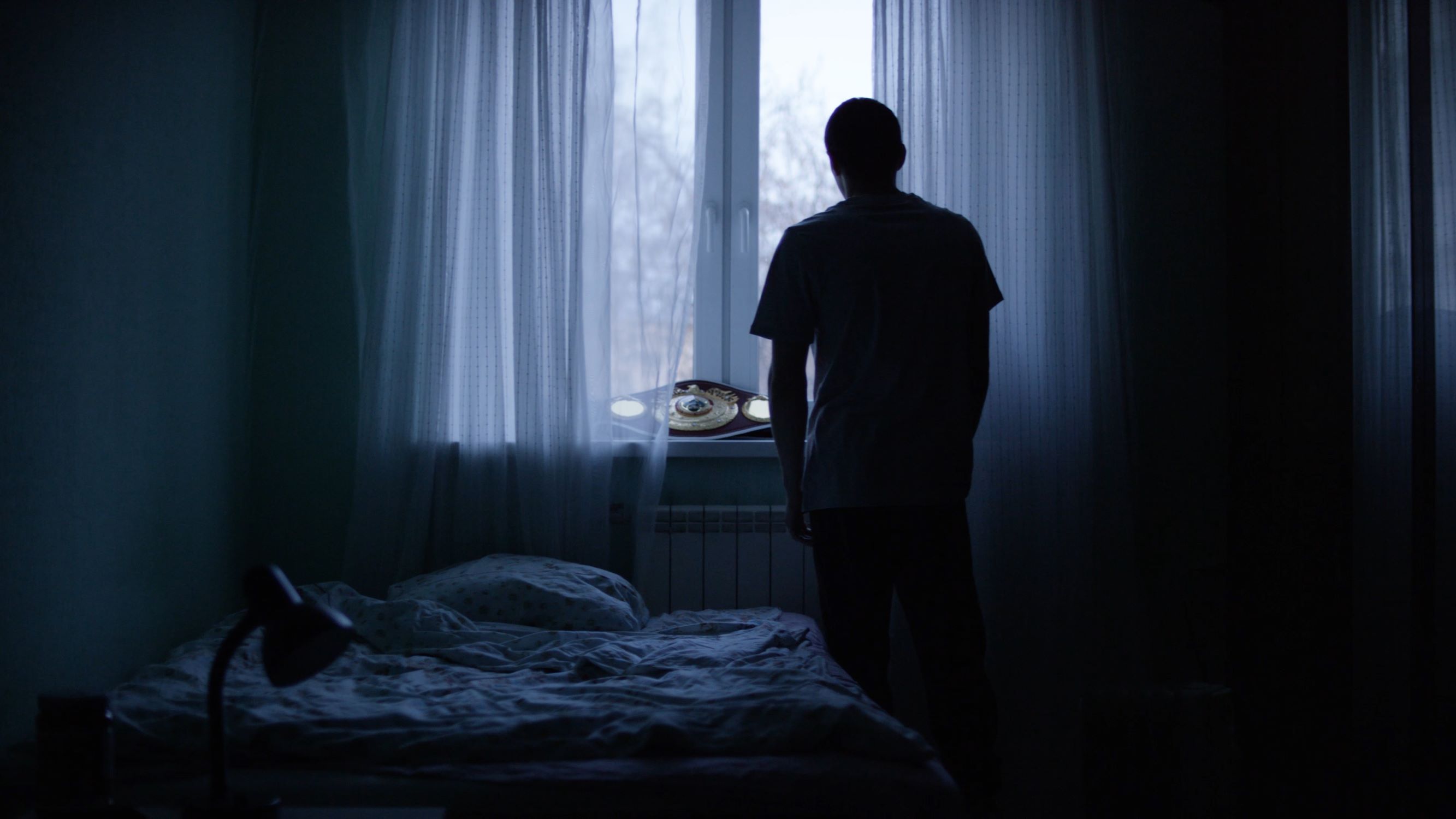Ending Wuhan's social distancing too soon may spur 'second wave' of COVID-19 in midsummer
The findings have implications for the rest of the world as COVID-19 cases continue to surge outside of China.

Social distancing measures in Wuhan, China — where the outbreak of the new coronavirus disease, COVID-19, began — likely reduced the number of COVID-19 cases and delayed the peak of the epidemic, according to a new study.
What's more, the findings suggest that if these measures — including school and workplace closures — are lifted too soon, a second wave of cases may occur in midsummer. However, keeping these measures in place until early April — which the city plans to do — and gradually resuming activities would likely delay this second wave of cases until the fall; giving the health care system much-need time to expand and respond to the epidemic, the authors said.
"The unprecedented measures the city of Wuhan has put in place to reduce social contacts in school and the workplace have helped to control the outbreak," study lead author Kiesha Prem, of the London School of Hygiene & Tropical Medicine in the United Kingdom, said in a statement. "However, the city now needs to be really careful to avoid prematurely lifting physical distancing measures, because that could lead to an earlier secondary peak in cases. But if they relax the restrictions gradually, this is likely to both delay and flatten the peak."
Related: Live updates on COVID-19
The findings have implications for the rest of the world as COVID-19 cases continue to surge outside of China.
Although the results cannot be directly applied to other countries (because the researchers calculations are specific to China), "we think one thing probably applies everywhere: physical distancing measures are very useful, and we need to carefully adjust their lifting to avoid subsequent waves of infection when workers and school children return to their normal routine," study co-author Yang Liu, a research fellow at the London School of Hygiene & Tropical Medicine said in the statement. "If those waves come too quickly, that could overwhelm health systems."
In the new study, published Wednesday (March 25) in the journal The Lancet Public Health, the researchers used mathematical modeling to simulate the progression of the COVID-19 outbreak in Wuhan under different scenarios. In one scenario, schools and workplaces were closed just for the Lunar New Year holidays, which occurred in mid-January in China. In another scenario, extreme social distancing measures were put in place after the holidays so that schools remained closed and only 10% of the workforce (including health care staff and police) remained active. This scenario mirrors what happened in real life in Wuhan, which went under lockdown starting Jan. 23.
Get the world’s most fascinating discoveries delivered straight to your inbox.
For their model, the researchers used information on how often people interact with each other in different locations based on their age.
The results showed that closing schools and workplaces just for the Lunar holiday would have had little effect on the progression of the outbreak. In contrast, extreme social distancing measures reduce the size of the epidemic peak as well as the total number of cases by the end of 2020.
The study also found that, if social distancing measures were lifted in early March, a second wave of cases was predicted to occur in August. In contrast, keeping the social distancing measures until early April, and gradually returning to normal life afterward, could potentially reduce the median number of COVID-19 infections by 24% through the end of 2020, and push the second peak to October.
Wuhan's travel lockdown is set to end April 8, and after this, businesses will gradually start up again, according to CNN. It's still unclear when schools will reopen.
The new study "is crucial for policy makers everywhere, as it indicates the effects of extending or relaxing physical distancing control measures on…[COVID-19] in Wuhan," Tim Colbourn, an associated professor at University College London's Institute for Global Health, wrote in a commentary accompanying the study.
The study did have some limitations, including that the model did not account for "super-spreading" events, which occur when one infected person transmits the disease to an unusually large number of people.
Now that COVID-19 cases are soaring outside China, new models should look at other countries, to help guide decisions on when to lift social distances measures, Colbourn said. Such models should also include COVID-19 testing, tracing of contacts for those who test positive and localized quarantine of suspected cases as alternatives to social distancing that could be implemented at the start of an epidemic or after social distancing measures have been lifted, he said.
- The 9 deadliest viruses on Earth
- 20 of the worst epidemics and pandemics in history
- 28 Devastating Infectious Diseases
Originally published on Live Science.
OFFER: Save at least 53% with our latest magazine deal!
With impressive cutaway illustrations that show how things function, and mindblowing photography of the world’s most inspiring spectacles, How It Works represents the pinnacle of engaging, factual fun for a mainstream audience keen to keep up with the latest tech and the most impressive phenomena on the planet and beyond. Written and presented in a style that makes even the most complex subjects interesting and easy to understand, How It Works is enjoyed by readers of all ages.

Rachael is a Live Science contributor, and was a former channel editor and senior writer for Live Science between 2010 and 2022. She has a master's degree in journalism from New York University's Science, Health and Environmental Reporting Program. She also holds a B.S. in molecular biology and an M.S. in biology from the University of California, San Diego. Her work has appeared in Scienceline, The Washington Post and Scientific American.



